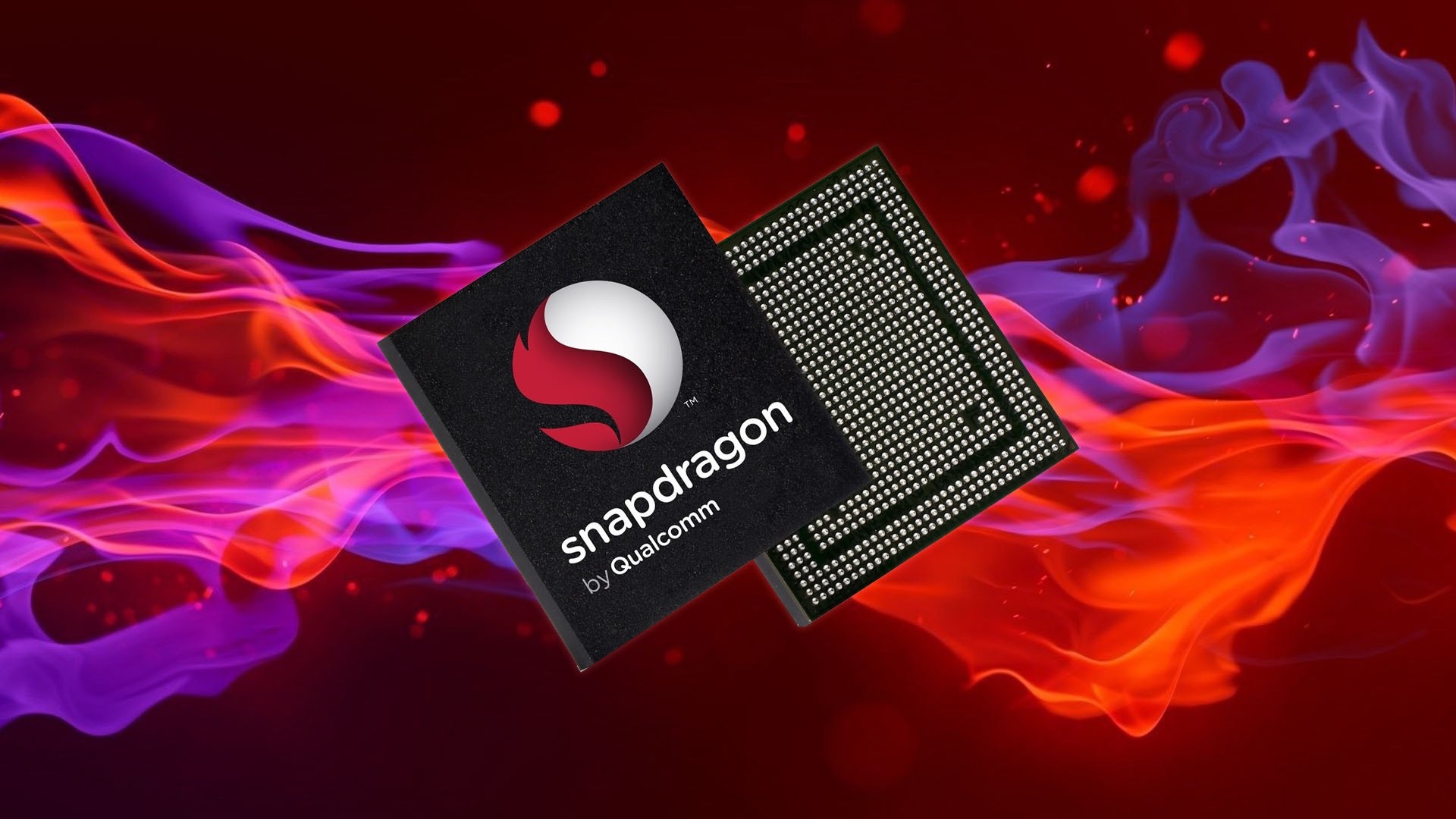Qualcomm Rumored To Use TSMC’s 2nm ‘N2P’ Process For Two Generations, Starting With The Snapdragon 8 Elite Gen 6 Next Year

The Snapdragon 8 Elite Gen 5 was Qualcomm’s last flagship chipset to be fabricated on the 3nm process, which only means that the San Diego firm will move to the newer and cutting-edge 2nm node from TSMC, only this time, instead of the N2 variant, it will be the N2P one. Obviously, as multiple reports have reiterated the following information, this transition will not be cheap, and it might be the core reason why Qualcomm is rumored to use the aforementioned lithography for not just next year’s Snapdragon 8 Elite Gen 6, but also its successor, the Snapdragon 8 Elite Gen 7.
Currently, there is no confirmation on whether Qualcomm will proceed with a dual-sourcing strategy for the Snapdragon 8 Elite Gen 6, as Samsung’s 2nm GAA process is showing promise
The rumor was posted by @reikaNVMe, claiming that Qualcomm does not intend to move past TSMC’s 2nm ‘N2P’ technology for the Snapdragon 8 Elite Gen 6 and Snapdragon 8 Elite Gen 7, but here is the interesting part. The Taiwanese semiconductor manufacturer is scheduled to begin mass production of the 2nm ‘N2’ node later this year, but based on the latest rumor, Qualcomm aims to utilize a more advanced manufacturing process for two generations.
For those who do not know, TSMC’s 2nm ‘N2P’ architecture leverages the same design rules as N2, but delivers a 5 percent increase in performance or a 5 percent reduction in power consumption at the same clock speeds. It appears that Qualcomm’s intentions with the Snapdragon 8 Elite Gen 6 and Snapdragon 8 Elite Gen 7 will be to squeeze every last bit of performance by raising the frequencies of its cores while maintaining upgraded efficiency.
It is strange that the new post on X does not mention anything related to Qualcomm and Samsung forming a partnership to take advantage of the latter’s 2nm GAA process. The Korean giant will reportedly introduce the Exynos 2600 for the Galaxy S26 series later this year, making it the first SoC to be mass produced on the aforementioned lithography. A deal with Samsung will give Qualcomm some negotiating room to ask TSMC for concessions when opting to use the N2P wafers next year.
After all, both Qualcomm and MediaTek are said to have paid up to 24 percent higher for the Snapdragon 8 Elite Gen 5 and Dimensity 9500 for 3nm ‘N3P’ wafers, and with TSMC estimated to raise prices by 50 percent for its 2nm process, the chipset maker absolutely needs to aggressively adopt a dual-sourcing practice to reduce its manufacturing costs substantially.
Samsung has already completed the basic design of its second-generation 2nm GAA node, also known as SF2P, so perhaps Qualcomm might give the company a shot in the future. For now, we highly recommend readers to treat this rumor with a pinch of salt and await more updates.



